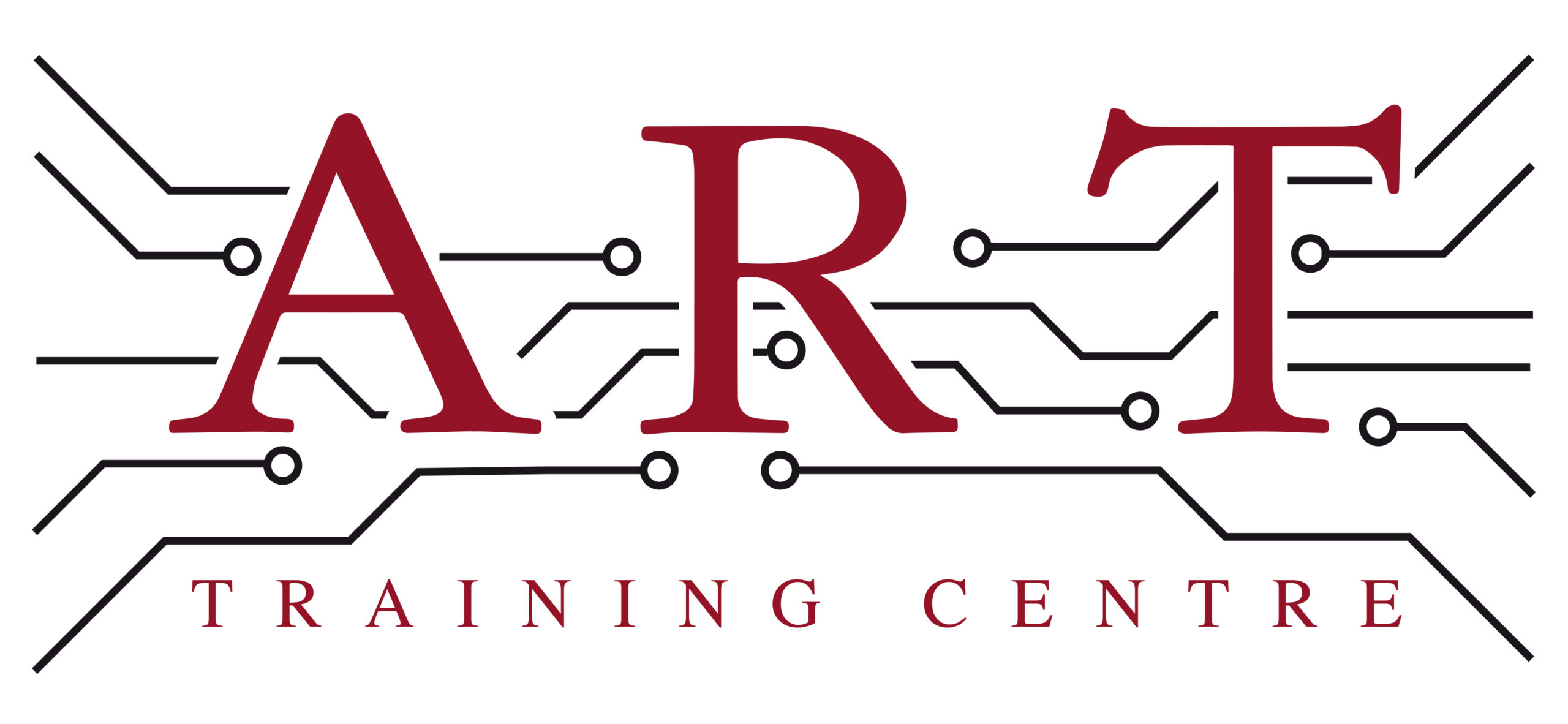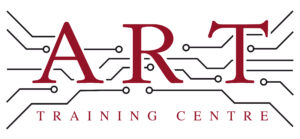Definition
Wire Splicing is the process of joining two or more electrical wires together to create a continuous electrical connection. This can be achieved through various methods, such as soldering, twisting, or using connectors. Wire splicing is a crucial component in electronics manufacturing and repair, ensuring that circuits function properly and reliably.
How It’s Used in the Industry
In electronics assembly, wire splicing is often applied during the construction of wiring harnesses or when repairing damaged cables. Technicians strip the insulation from the wire ends, then join them using methods like soldering or crimping to create a strong connection. This process is vital in printed circuit boards (PCBs) where reliable connections are essential for performance. For both trainees and experienced professionals, mastering wire splicing techniques is important for ensuring quality and reliability in electronic devices, as poor connections can lead to failures in operation.
History & Origins
Wire splicing became common in electronics manufacturing during the mid-20th century, particularly with the rise of consumer electronics. As technology advanced, the need for reliable connections in complex circuits led to the development of standards, such as those established by IPC (Institute for Printed Circuits). These standards helped formalise best practices for wire splicing, ensuring consistency and quality across the industry. As electronic devices became more intricate, wire splicing techniques evolved to meet the increasing demands for performance and reliability.
Variations
There are several variations of wire splicing, including solder splicing, crimp splicing, and twist-on connectors. Solder splicing involves melting solder to join wires, while crimp splicing uses metal connectors that are compressed onto the wire ends. Twist-on connectors, on the other hand, allow for quick connections without soldering. Each method has its advantages and is chosen based on factors like application, environment, and required durability. Understanding these variations helps learners grasp the best practices for different scenarios in electronics work.
Modern Applications
Today, wire splicing is widely used in electronics production, repair, and training. In modern assembly techniques, such as surface mount and through-hole technology, wire splicing remains relevant for connecting components and ensuring circuit integrity. It is vital for maintaining quality and reliability in electronic devices, as well as for compliance with IPC standards. Proper wire splicing techniques contribute to the longevity and performance of products in various industries, from consumer electronics to automotive applications.
Practical Tips & Training
When working with wire splicing, it is essential to follow safety protocols, such as wearing protective eyewear and using appropriate tools. Inspect connections carefully for signs of poor contact or insulation damage. Useful tools include wire strippers, soldering irons, and crimping tools. Structured training and certification in electronics can enhance understanding of wire splicing techniques, ensuring technicians are well-prepared to maintain high-quality standards in their work.


